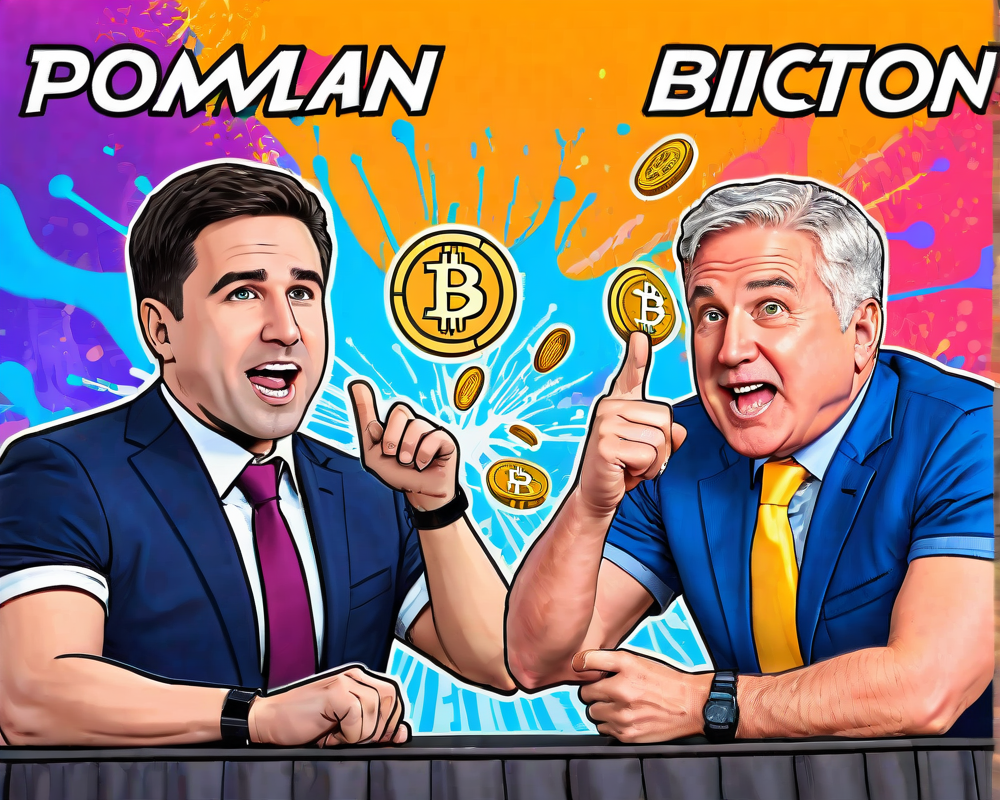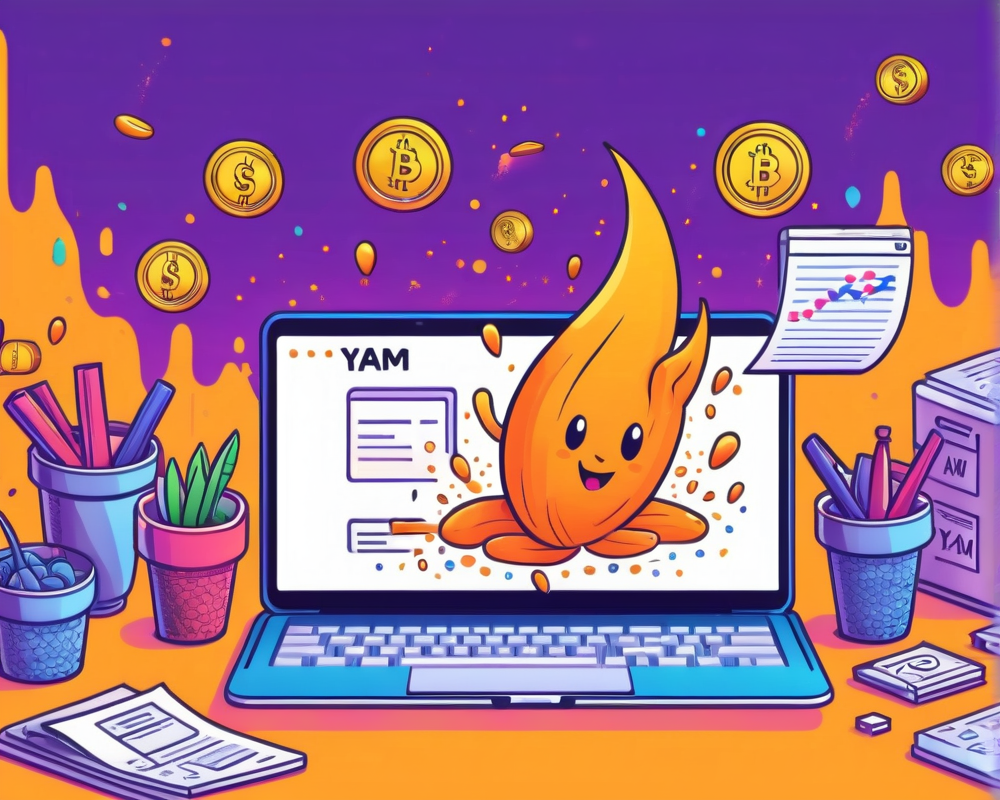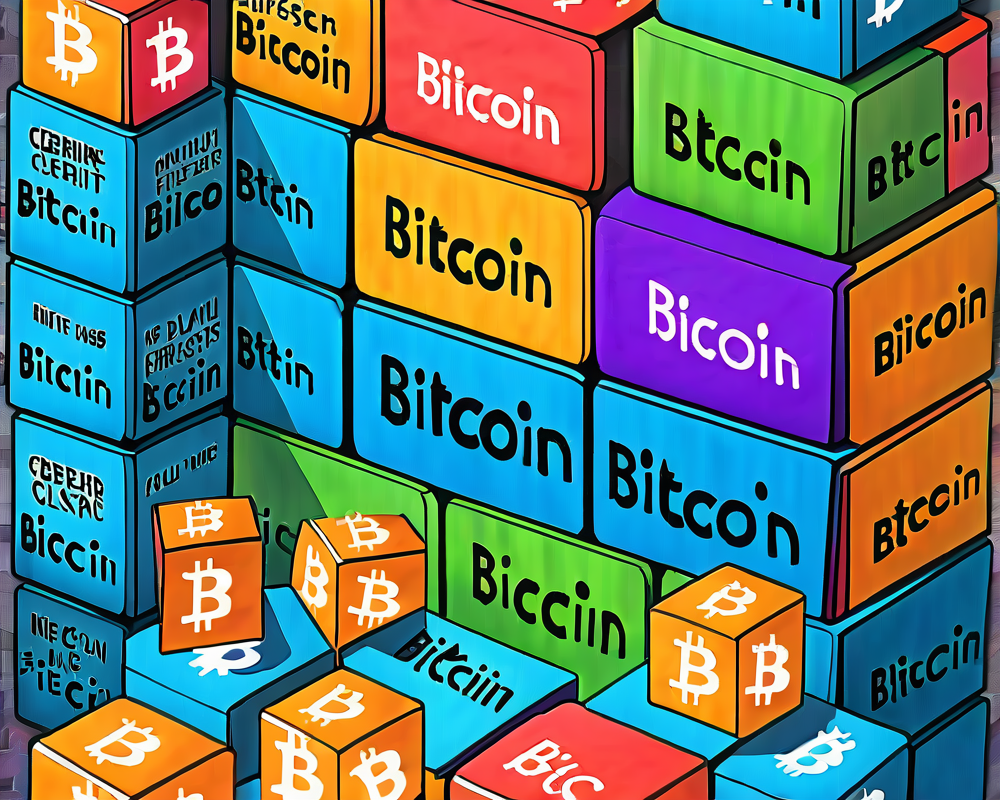The Digital Asset Boom
Digital assets, like cryptocurrencies, have suddenly become the talk of the town – or should we say the ‘blockchain’? From headlines to everyday chit-chat, they are making waves. To paint a picture, in early 2021, Bitcoin transactions were hitting 367,536 daily – that’s a whole lot of virtual coins exchanging hands! With a whopping $20 billion in daily transactions, it feels like cryptocurrencies have become the de facto currency of the internet. And let’s be honest, if a staggering 97% of crypto users trust their coins like they trust their morning coffee, there’s something undeniably weighty about these digital currencies.
Latinx Communities Leading the Charge
Speaking of trust, Latinx communities in the U.S. have taken to Bitcoin and its buddies like a duck to water. Approximately 31% of Hispanics own Bitcoin, which is pretty jaw-dropping! This embrace is rooted in necessity; after all, traditional wealth avenues have often been closed off. Back in 2016, Latinx families had less than one-sixth the wealth of white families. Add to that, the $40 billion sent home to Mexico by Mexican-Americans in 2020 via cryptocurrency transfers, and it’s clear: digital assets are not just a trend, but a lifeline.
Latin America: A Cryptocurrency Playground
Things are heating up in Latin America! El Salvador made history by declaring Bitcoin legal tender—a move sweeter than a slice of key lime pie. Now, citizens can receive $30 in Bitcoin just for downloading a government app. Let’s just say, all eyes are now on El Salvador like it’s the star of a reality TV show. Other nations are hopping on the bandwagon too; Argentina is mulling over allowing salary payments in Bitcoin, while Cuba, Paraguay, and Uruguay aren’t far behind in recognizing cryptocurrencies. It’s like one big crypto block party down there!
Breaking Down Barriers
For those in marginalized communities, digital assets can be akin to a key that unlocks various doors. The crypto world is full of insistence, innovation, and a relentless push to overcome the hurdles of traditional finance. But there’s a catch—a couple of them, actually! A general confusion about crypto and security concerns can trip folks up. Education is vital here. It’s time to switch from confusion to confidence; think of it as a superhero origin story but with more blockchain and fewer capes.
Fostering Inclusion and Education
Now, before we go thinking the world is ready to embrace crypto, we must remember there’s still work to be done. Governments and crypto companies need to step up to the plate and reach out. By understanding the culture and socio-economic backgrounds of these communities, we can create an education framework that showcases how digital assets can transform lives. Let’s bridge the gap between skepticism and understanding. After all, blockchain technology is secure and speedy—it’s just a matter of showing folks how. With the right tools, we can help individuals make safer, more informed transactions and watch as this crypto revolution unfolds.




